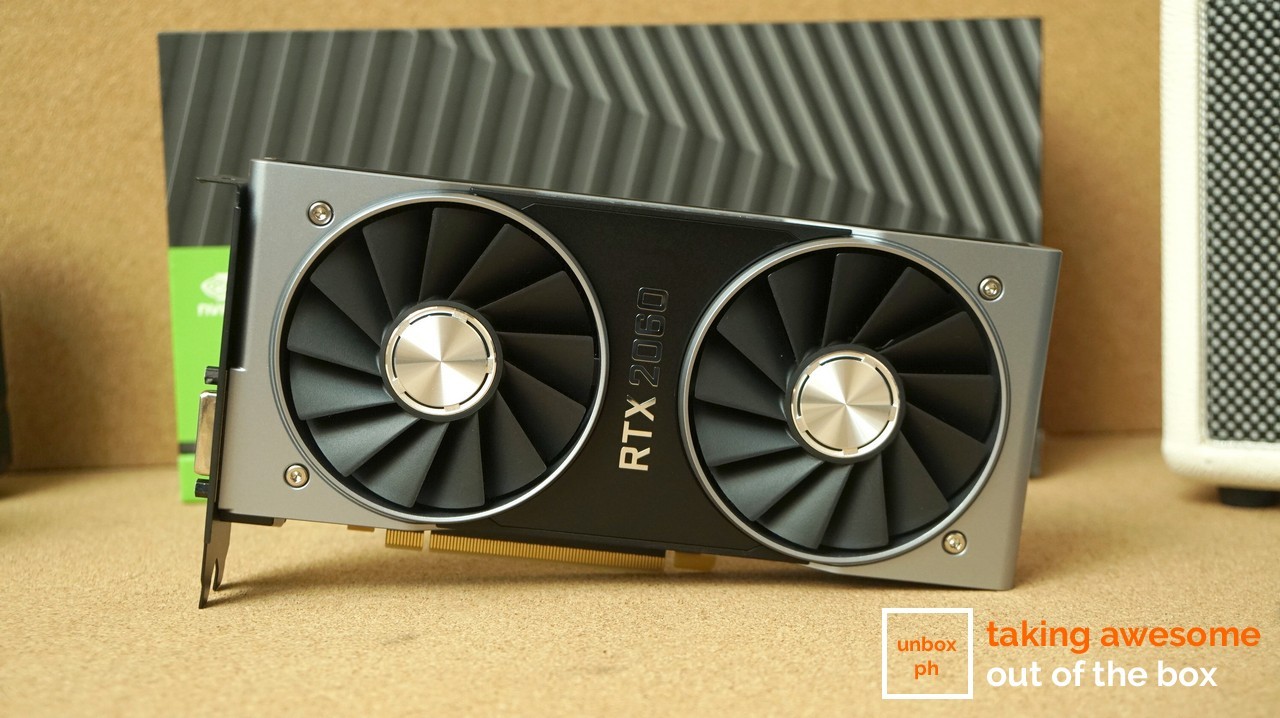We review the RTX 2060!
While we liked what NVIDIA’s new Turing-capable RTX 2080, not everyone has that much cash to spend on a shiny new video card. That’s one of the reasons why we’re really loving the company’s newly released, RTX 2060 – with an MSRP of 350$ at launch and performance that even eclipses the more expensive GTX 1070 Ti, it’s the upgrade card that most people will jump on this generation.
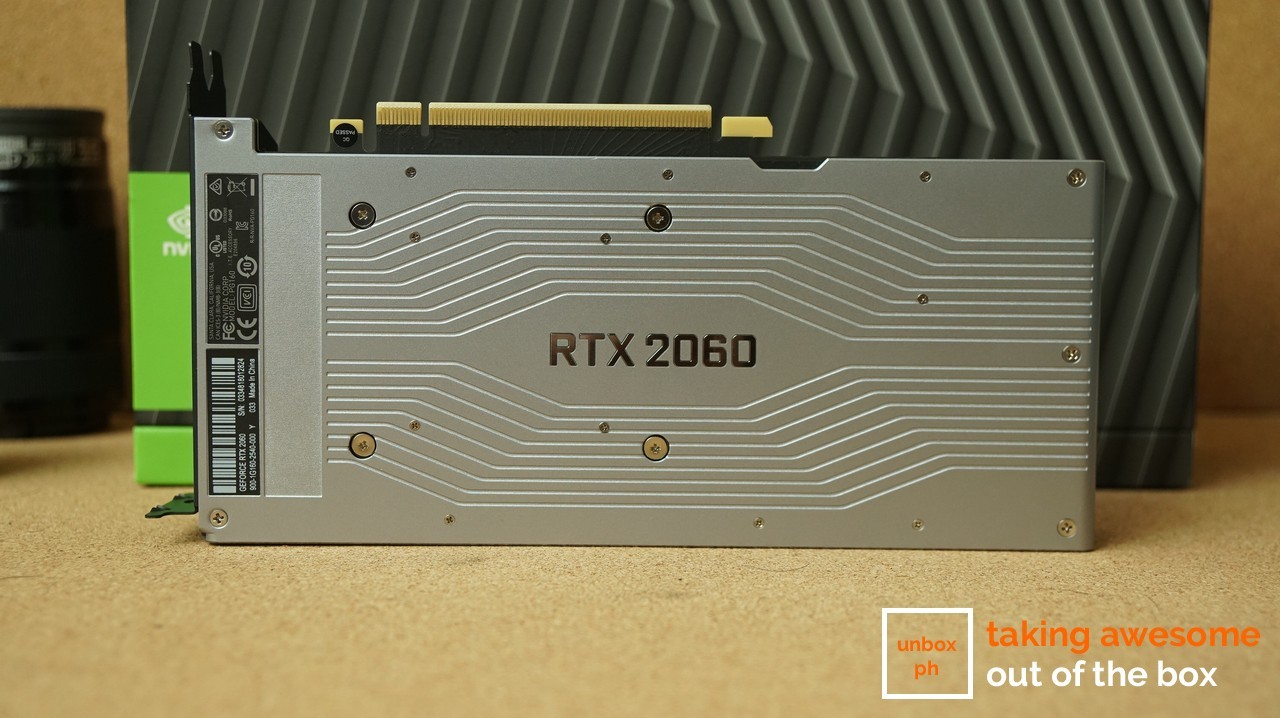
What exactly is it?
The RTX 2060 is the mid-range GPU from NVIDIA that uses the company’s new Turing architecture. Sitting pretty at the mid-end right below the RTX 2070, it’s the most competitively priced GPU from this generation of cards.
While many people are a little turned off at the high price of the Founder’s Edition variant of the RTX 2060 (which we’re reviewing now), the performance gains that you get over last year’s model make it well worth the money if all you’re after is solid 1080p gaming.
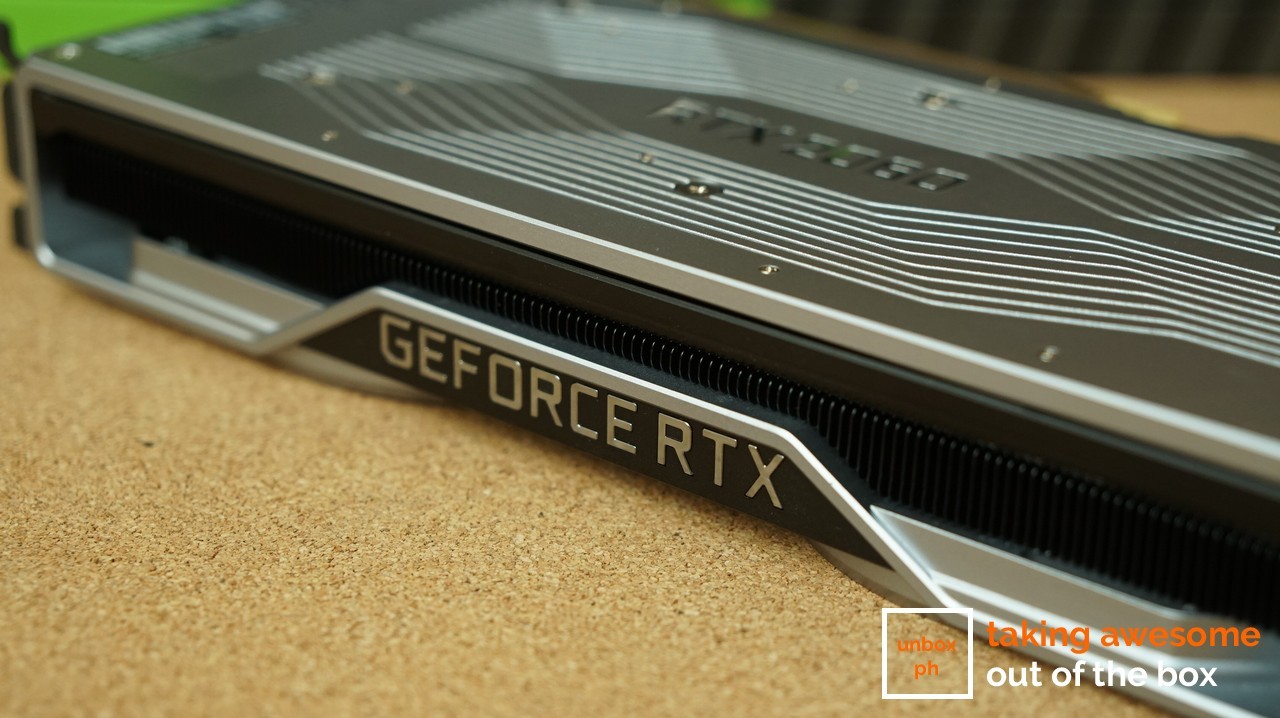
Yeah, that definitely looks like a Founder’s Edition card.
Absolutely. NVIDIA has kept the look and feel of it’s RTX Founder’s Edition card mostly the same, and the 2060 is no exception. The RTX 2060 uses an aluminum exterior as well as dual fans to keep the heat down, though it’s noticeably smaller in size compared to its monster brothers.
There’s plenty of display connectivity options for the RTX 2060 FE, including two DisplayPort 1.4a, one HDMI 2.0b, one DVI-D connector (no analog VGA support), and a VirtualLink connector for VR.
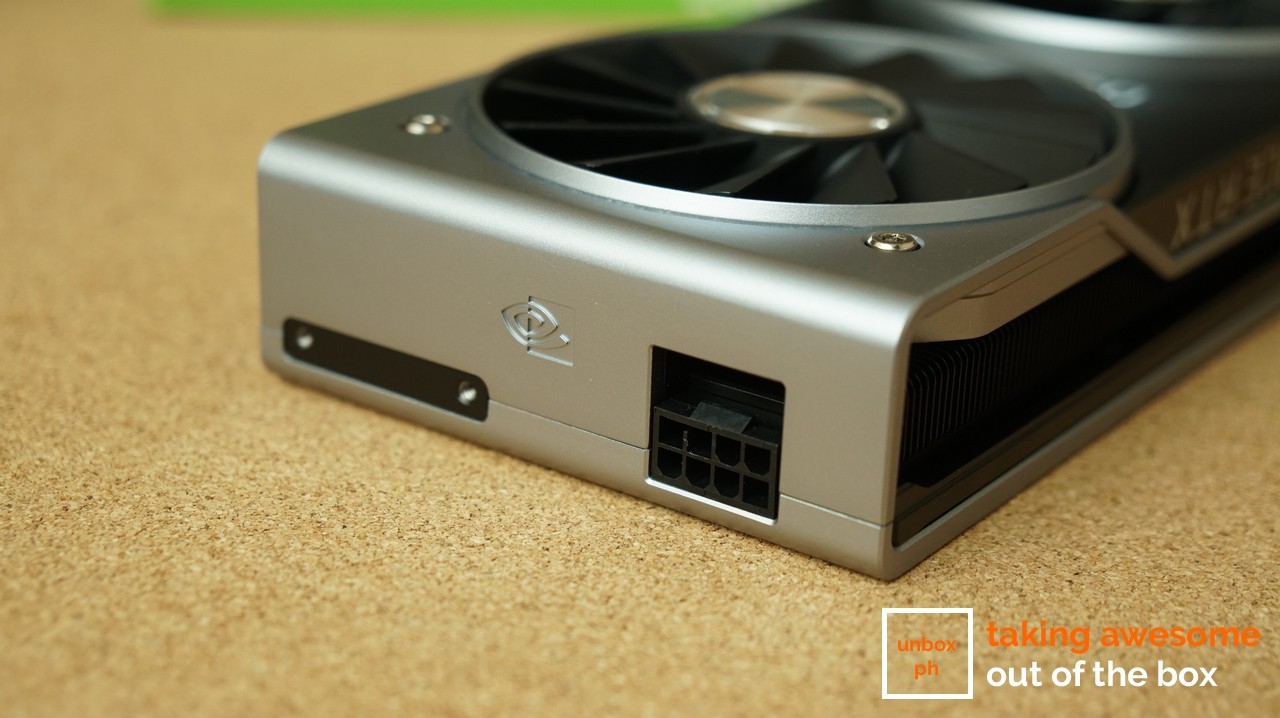
The RTX 2060 FE uses an 8-pin power connector at the back of the card, so keep that in mind when considering it for small case builds. The card draws more power than the GTX 1060, guzzling around 160 watts on its own compared to 120 watts.
Going into the nitty gritty, the RTX 2060 FE is basically a stripped-down version of the RTX 2070, using the same TU106 processor. It has the same number of CUDA cores as the GTX 1070 at 1920, and has a maximum boost clock of 1680 MHz, running slightly higher than the RTX 2070.
There’s 6GB of GDDR6 on board, and the card has a memory bandwith of 336 Gbps. That’s a heck of a lot better than the GTX 1070 (256 Gbps) and the GTX 1060 (192.1 Gbps).
And just like its more expensive brothers, the RTX 2060 also support ray tracing as well as DLSS, two new RTX-exclusive tech that NVIDIA promises will change how you see gaming.
The problem here is that there isn’t widespread adoption of either tech as of yet – only Battlefield V supports Ray Tracing, and DLSS (Deep Learning Super-Sampling) is limited to a Final Fantasy XV demo.
Show us some benchmarks!
Our test machine is getting a little long in the tooth, so there’s a little bit of sandbagging and bottlenecking going on with the tests but it’s not too bad to be fair. We’re going to be comparing the RTX 2060 with an overclocked GTX 1070 Ti from Colorful.
- Intel Core i5 6400
- ASUS B150M Pro Mobo
- 8GB of DDR4 RAM
- 500GB WD Black NVMe SSD
Let’s look at the numbers:
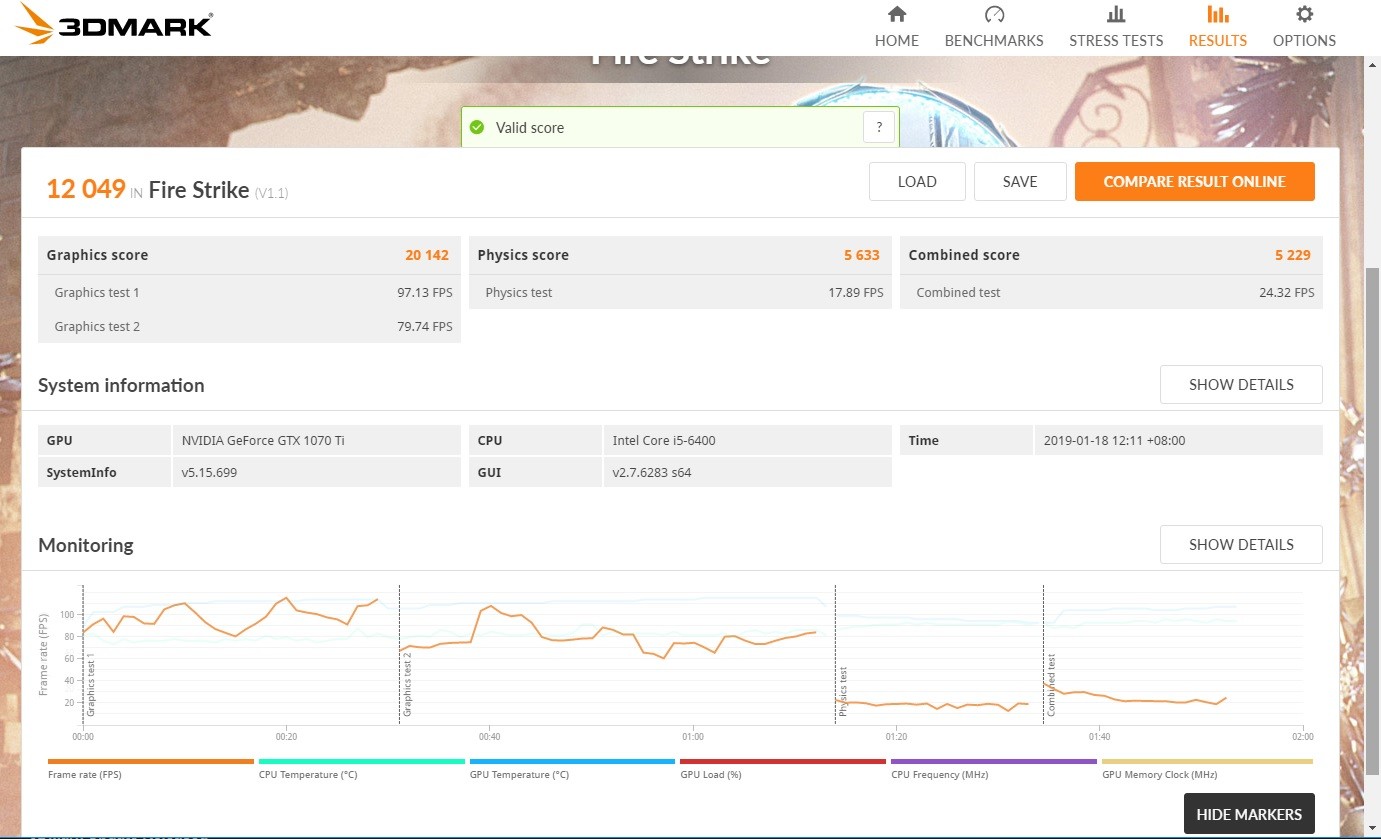
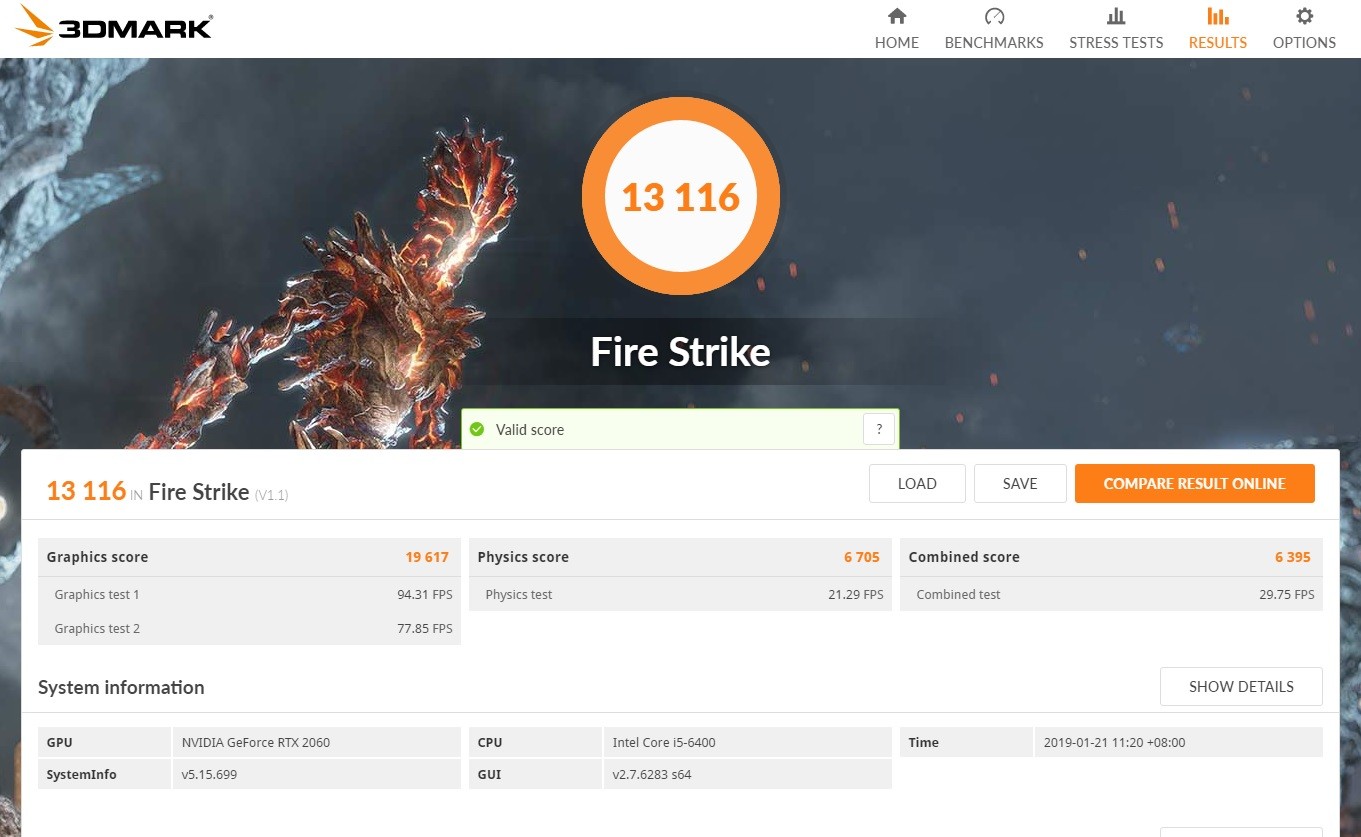
Judging from the benchmark scores, the RTX 2060’s performance is comparable to the GTX 1070 Ti, and even surpasses it at certain times.
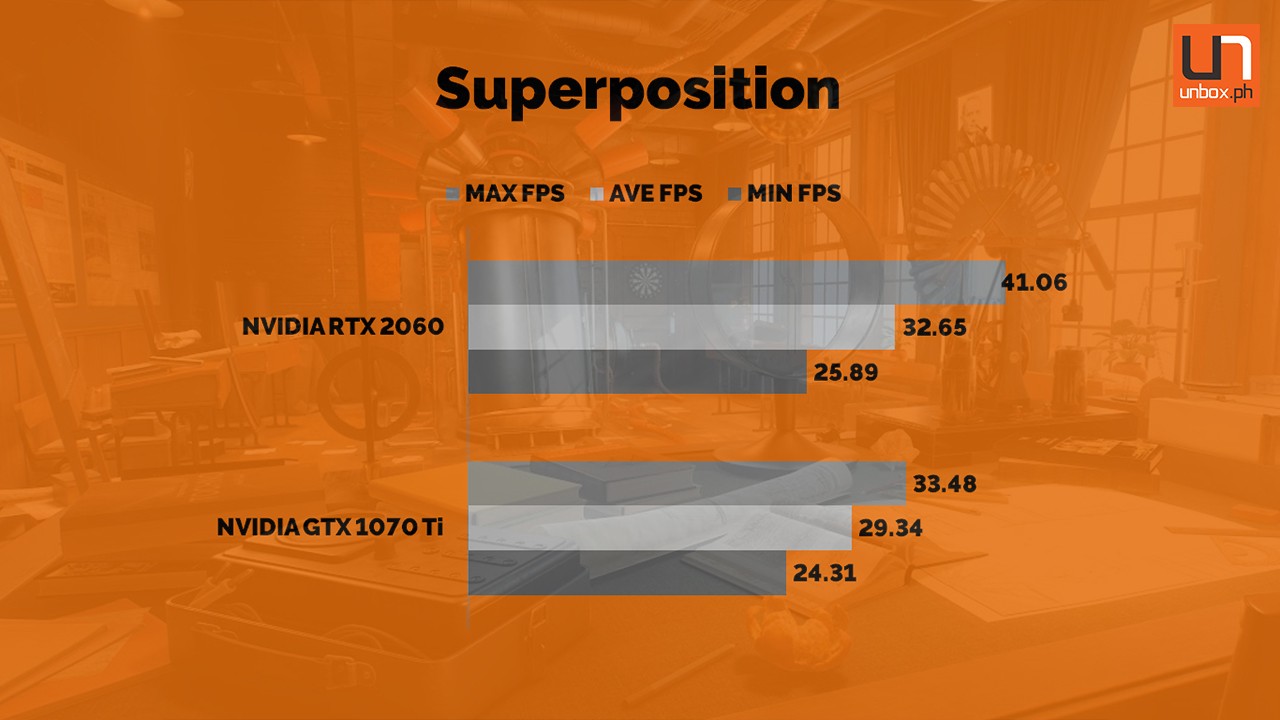
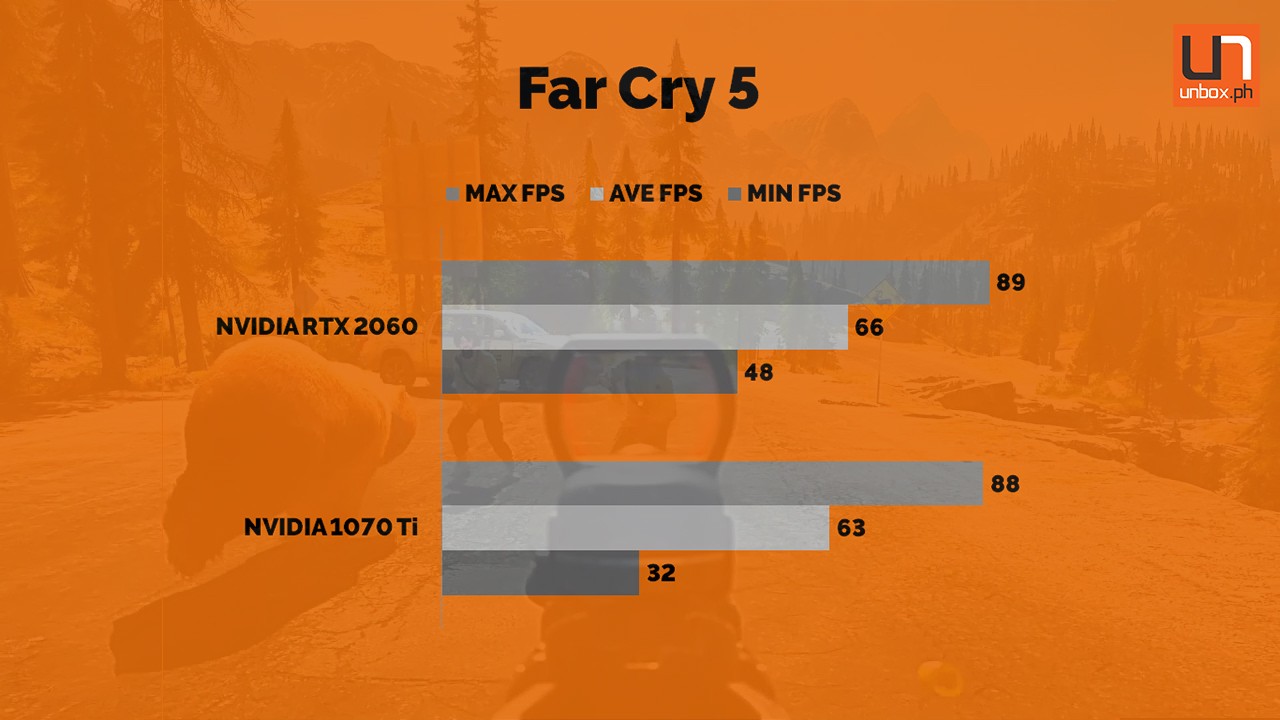
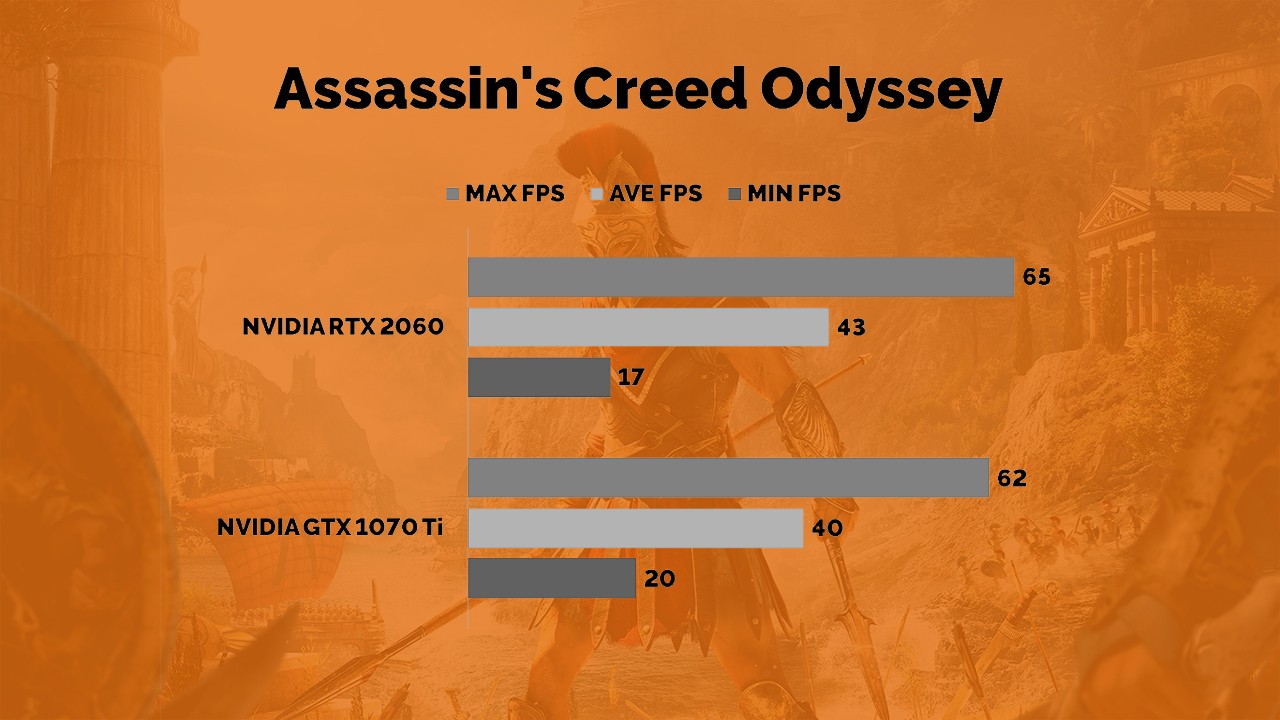
This is a big deal since it validates the $100 price increase of the card compared to the previous generation GTX 1060. Before performance numbers of the RTX 2060 were out, people who didn’t care for 4K gaming were actually considering grabbing GTX 1070s and 1070 Tis once prices for these previous generation GPUs started to subside thanks to the release of the new RTX cards.
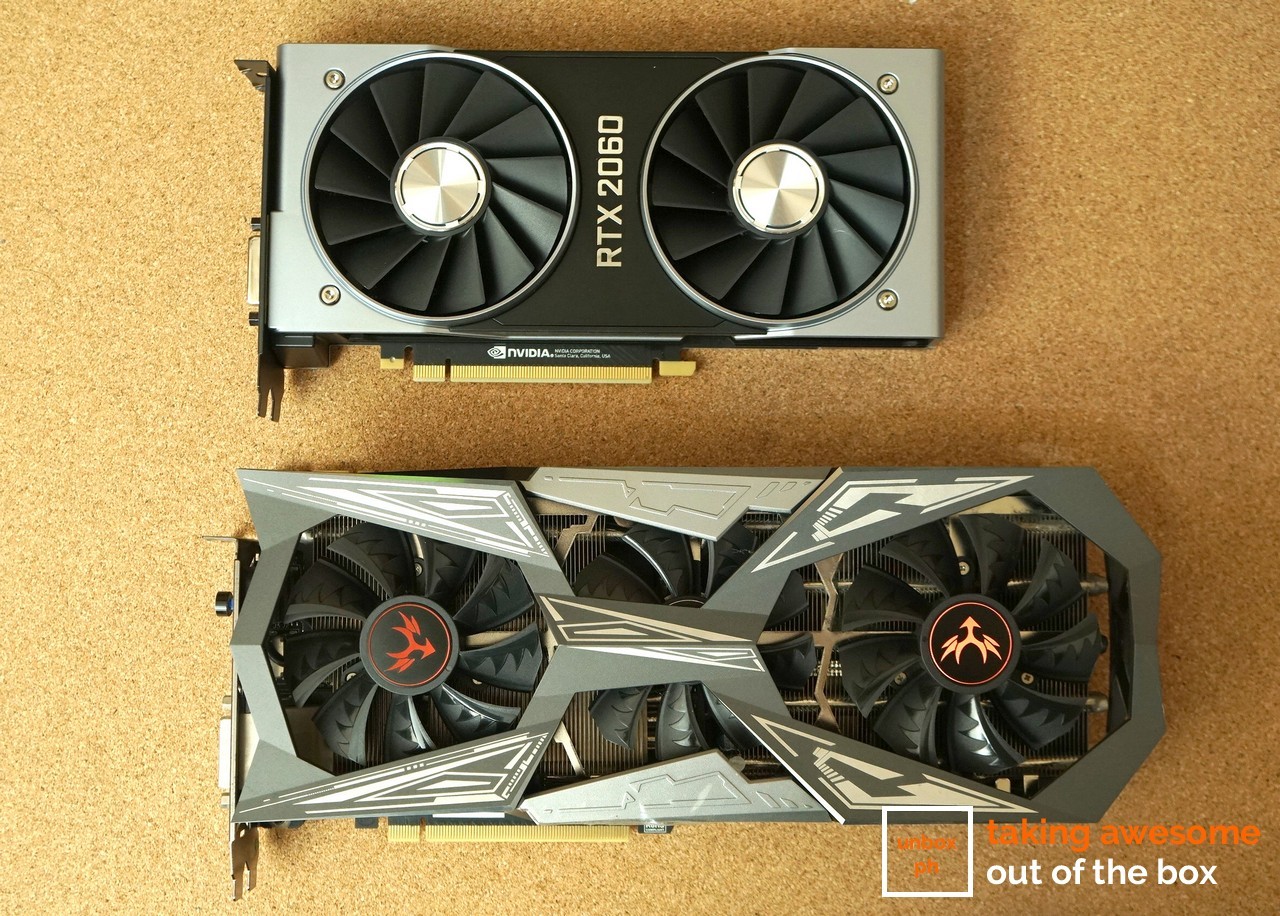
With the RTX 2060, they no longer have to do that – because of the performance parity of the new card vs. the 1070 Ti, it actually makes more sense to grab that instead of a two-year-old card.
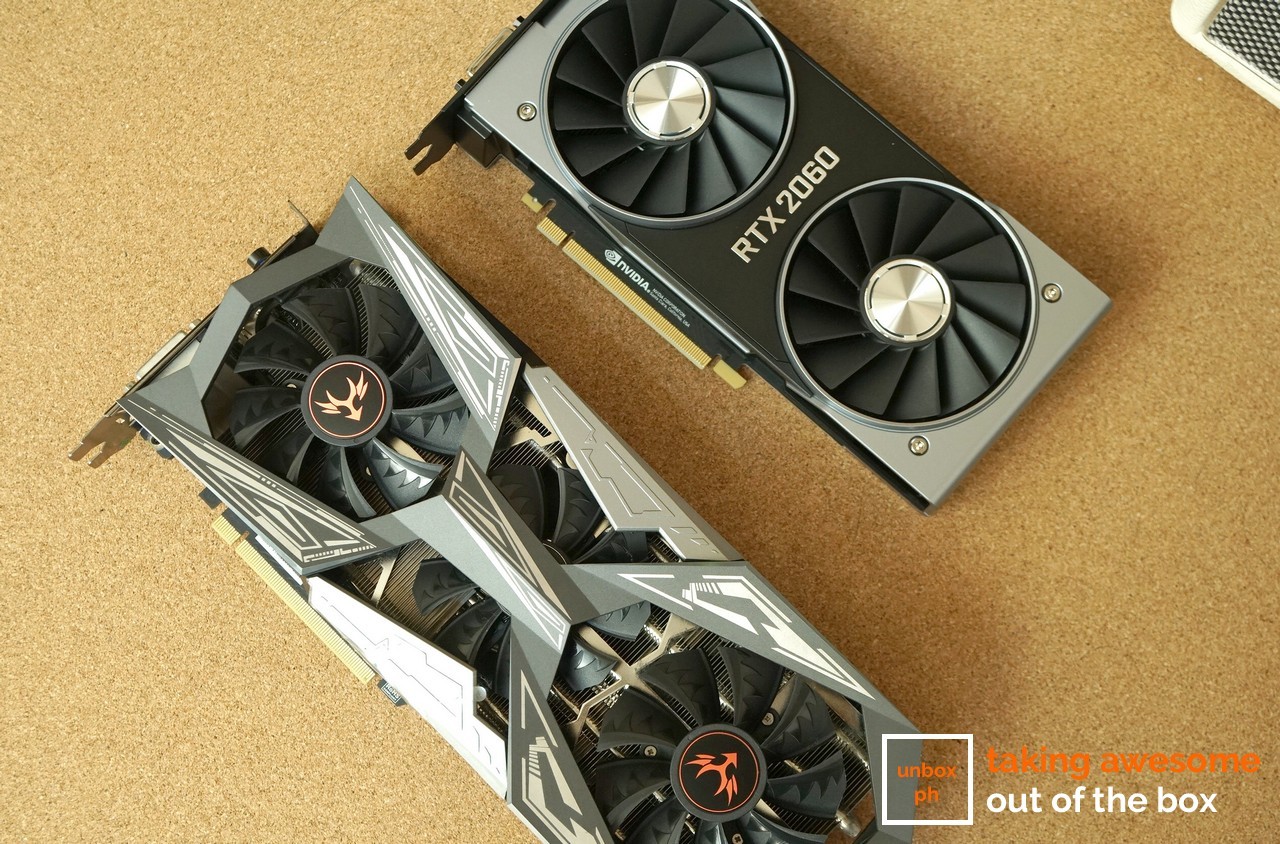
If you factor out obvious bottleneck issues with our setup and if you’re willing to overclock the RTX 2060, it’s not out of the realm of possibility that you’ll be able to reach GTX 1080 levels of performance. Not bad for a mid-range card.
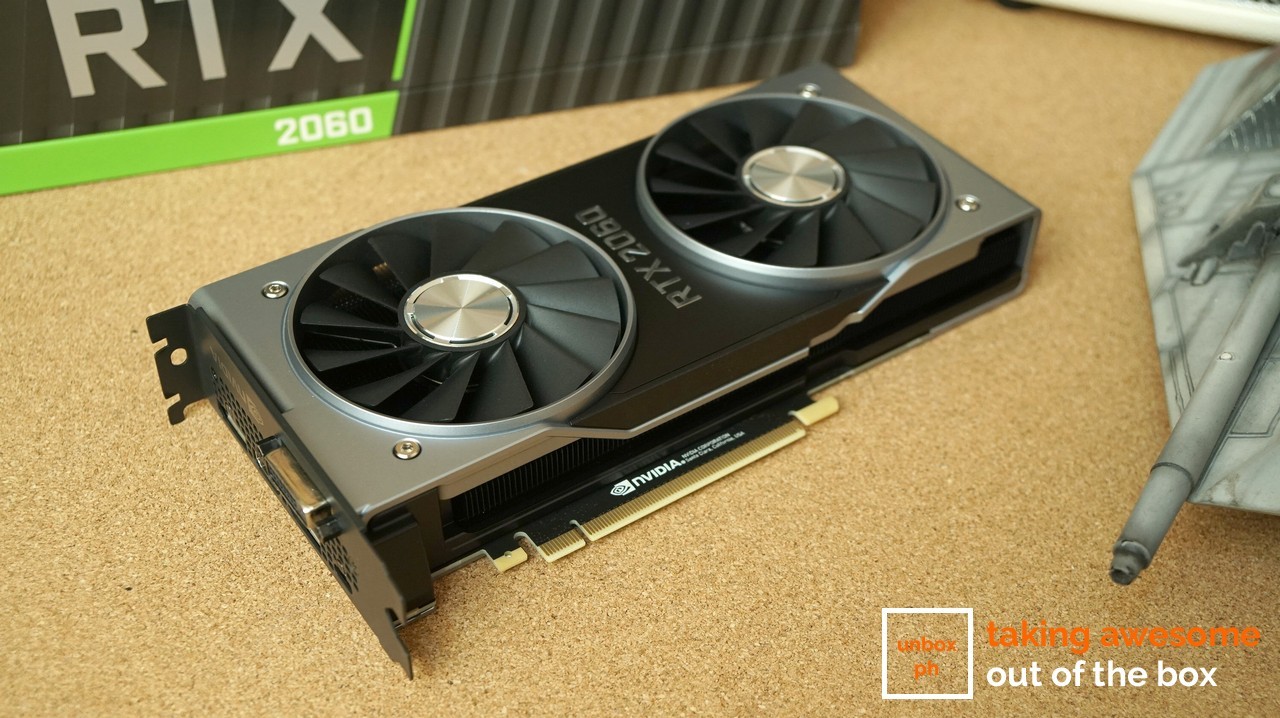
Is it worth the upgrade?
Absolutely. If you’re coming from a GTX 1050 or 1060, then yeah, upgrading to the RTX 2060 is a no brainer, especially if all you’re concerned about is full HD gaming.
And while the $350 SRP (18.4K) isn’t necessarily what you see in the market today, the pricing for RTX 2060-powered video cards from NVIDIA’s hardware partners aren’t as ridiculous or as bloated as what we saw back in 2016 with the GTX 1060.
Cash prices of the new card from Gigabyte, Aorus, Zotac, MSI and ASUS all fall between 19.4K and 21K, which is reasonable considering most of these cards are OC’d out of the box.


